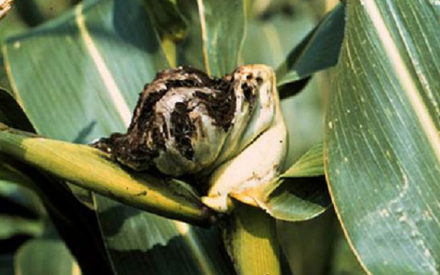By: Amanda Gevens, Professor and Integrated Extension Specialist
Plants can be affected by fungus, bacteria, viruses and other factors. In this video, you will learn how to look for symptoms of plant disease, cultural methods to reduce disease pressure, and other management practices.
Plant disease is an abnormal response in plant health to a pathogen, or an organism that interferes with the normal processes of cells or tissue in a plant. There are a variety of symptoms of plant disease such as spots, dead or dying tissue, fuzzy spores, bumps, bulges, and irregular coloration on the fruits. The disease triangle consists of a susceptible plant, a pathogen, and favorable environmental conditions that allow the pathogen to infect the plant. There are different types of plant pathogens, including bacteria, fungi, nematodes, viruses, and phytoplasmas, and they can spread through different methods such as contact, wind, water, and insects. It is important to identify the specific pathogen causing a disease in order to implement effective management strategies.
Strategies for Identifying and Managing Plant Diseases (Link to YouTube)
Additional information can be found at the following resources:
UW-Madison Vegetable Pathology, Quick links to disease profiles https://vegpath.plantpath.wisc.edu/diseases/
UW Plant Disease Diagnostics Clinic, Fact Sheets, https://pddc.wisc.edu/search-fact-sheets/





 Vegetable Disease Quick Reference
Vegetable Disease Quick Reference Powdery Scab
Powdery Scab Tizón Tardío (Late Blight)
Tizón Tardío (Late Blight) Gray Mold (Botrytis Blight)
Gray Mold (Botrytis Blight)


